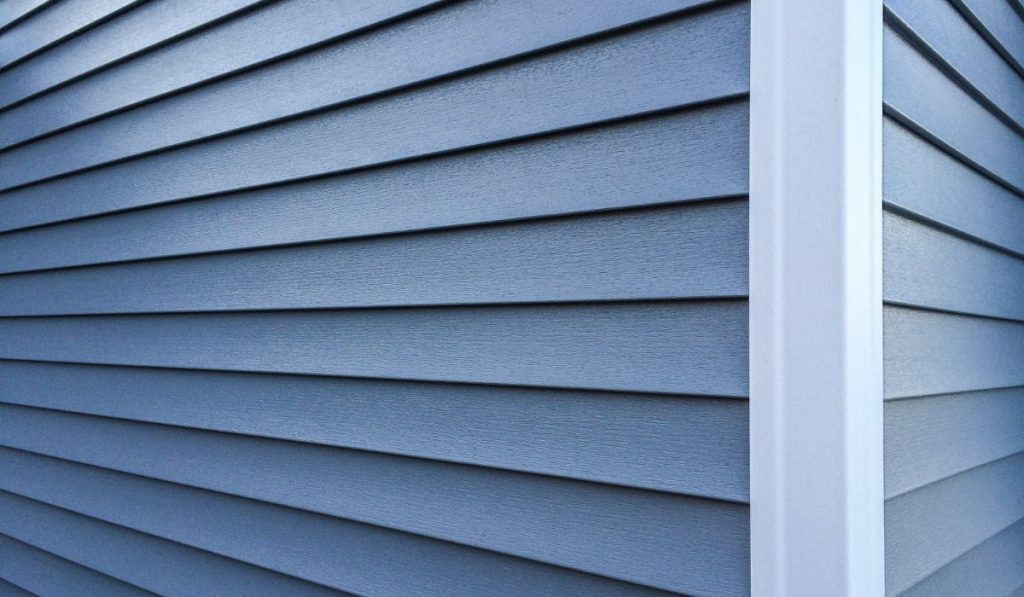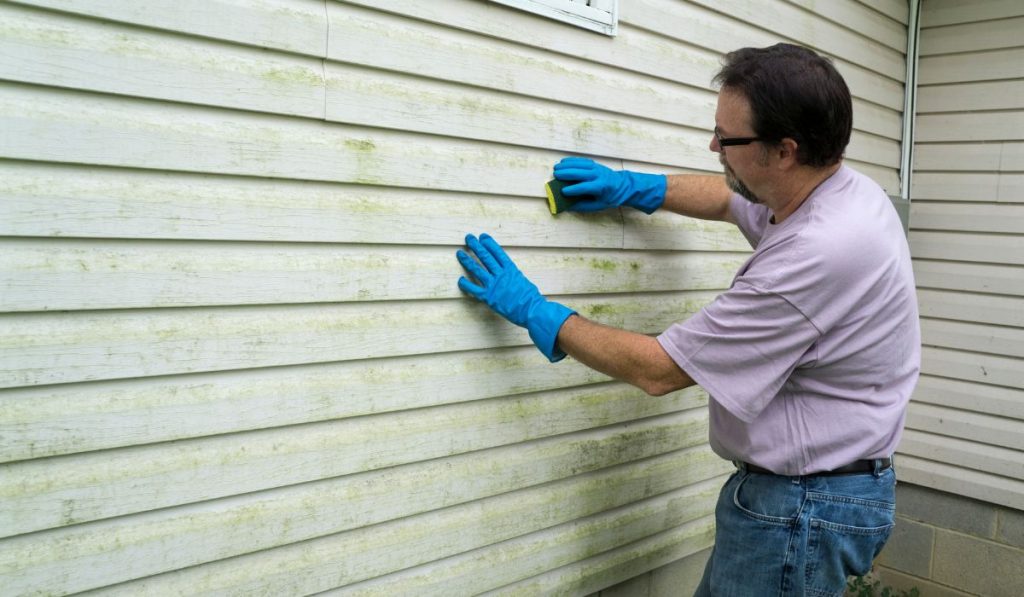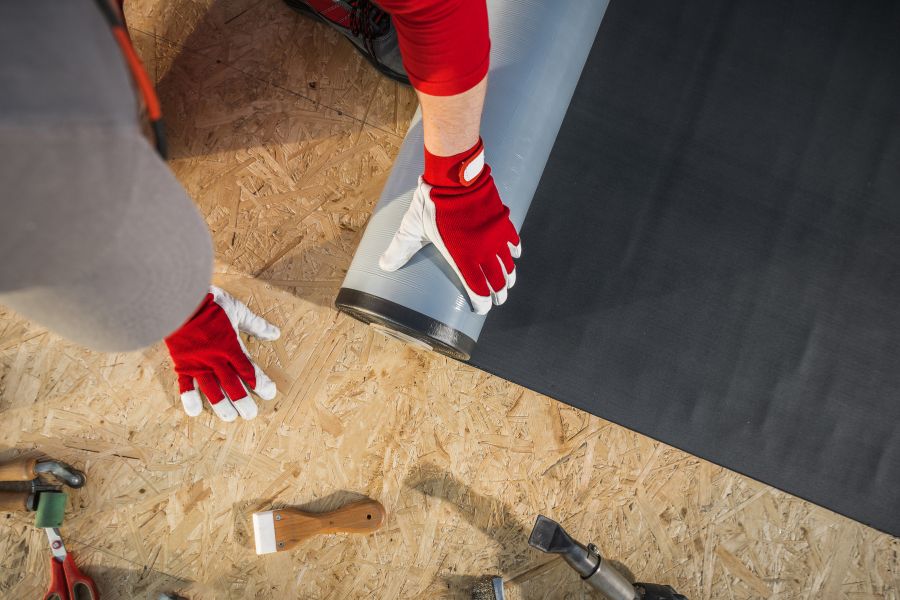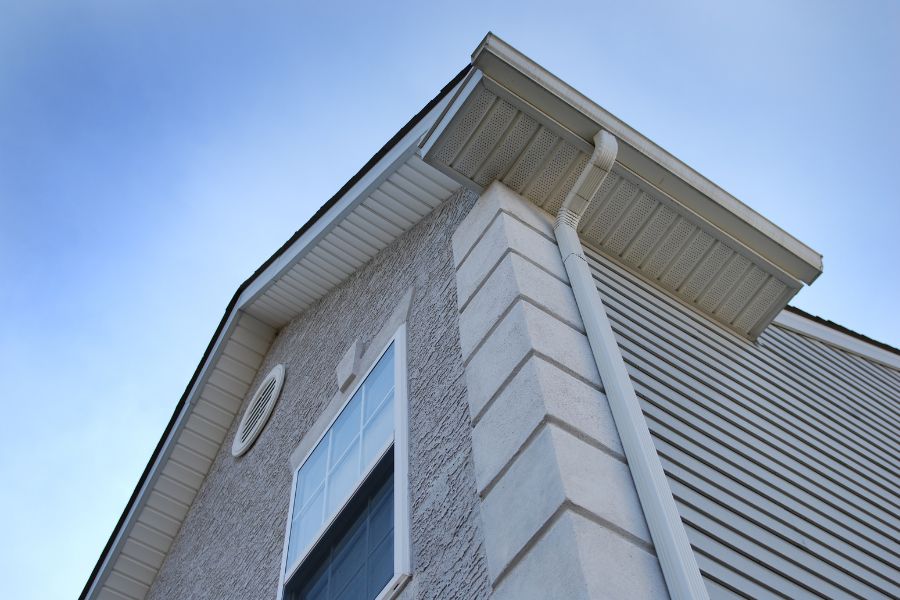Vinyl siding is built to last, but trends change and colours fade. Homeowners start eyeing that paintbrush thinking, “Maybe a quick coat could freshen things up.”
The question is, can you actually paint vinyl siding, and more importantly, should you? It’s a move that can save money, boost curb appeal, or cause headaches down the line. The right answer depends on your siding’s condition, the climate, and the paint you choose.
This guide breaks down the pros, cons, and expert advice, so you’ll know exactly when painting vinyl makes sense and when it’s better to replace.
Is repainting vinyl siding a smart move or a short-term fix?
You can paint vinyl siding for a quick refresh, but it’s a temporary fix that may void warranties and require frequent upkeep.
Key Takeaway:
You can paint vinyl siding if it’s in good condition, but it’s not always the best long-term move. The right paint and prep can refresh faded siding for 5–10 years, but expect more maintenance and a voided warranty. Replacement remains the smarter, longer-lasting investment.
Can You Paint Vinyl Siding?
Yes, you can paint vinyl siding. Modern paints and prep techniques make it possible, but that doesn’t mean it’s always smart. Most siding manufacturers say painting voids the warranty, which means any future damage is on you. That’s the tradeoff.
If your siding is still solid but faded, painting can be a quick fix. Just make sure you use vinyl-safe paint and prep properly, or it’ll peel faster than you can say “weekend project.” Pressure wash first, let it dry, and avoid painting in extreme heat or cold. Done right, the finish can last years. Done wrong, it’ll look uneven and start cracking fast.

Why Homeowners Want to Paint Vinyl Siding
Paint is cheaper than replacement, and that’s reason enough for many. Faded, outdated colours can make your home look older than it is, and painting feels like an easy glow-up. Some homeowners want a modern refresh without paying thousands for new panels.
Others just want a new vibe without the mess of construction. Painting offers flexibility-you can match the latest trends or stand out from your neighbours. Still, those savings can fade as fast as your paint if the job isn’t done right or maintained regularly.
The Risks of Painting Vinyl Siding
Paint Can Trap Heat
Vinyl expands and contracts with temperature changes. Paint the wrong colour, especially darker shades, and it traps heat. That extra heat can cause the panels to warp, buckle, or even crack. Once that happens, you’re stuck replacing sections anyway.
Warranty and Longevity Issues
Painting voids most manufacturer warranties. If your siding warps or starts peeling, the repair cost falls on you. Even with quality paint, a painted surface won’t last as long as the original factory finish. Expect repainting every few years to keep it looking fresh.
Maintenance Concerns
Unlike the low-maintenance promise of vinyl, painted siding needs more upkeep. Dirt and mildew show faster, especially in humid areas. Over time, paint fades or chips, meaning more cleaning and touch-ups. You’ll save on replacement costs now, but you’ll pay back in time and effort later.
When Painting Vinyl Siding Makes Sense
Painting makes sense if your siding is structurally sound and just faded, not cracked or warped. It’s a solid option when you want a quick refresh without breaking the bank. Choose a mild climate if possible, since extreme heat or cold shortens paint life.
Light or similar shades are safest, they reflect sunlight better and reduce warping risk. Using vinyl-safe, acrylic latex paint ensures the finish holds up. If your siding still performs well but needs a style upgrade, painting can buy you another decade before replacement. Just think of it as a temporary makeover, not a full renovation.
How to Paint Vinyl Siding the Right Way
Step 1 – Clean Thoroughly
Wash away years of dirt, chalk, and mildew. Use a pressure washer or soft-bristle brush with mild detergent. Let it dry completely before painting.
Step 2 – Choose the Right Paint
Use 100% acrylic latex or vinyl-safe paint. These flex with the siding instead of cracking when temperatures shift. Skip oil-based options—they don’t breathe well and peel faster.
Step 3 – Pick Proper Colours
Stay within similar or lighter shades than your original colour. Darker colours soak up heat, which can warp panels.
Step 4 – Apply Even Coats
Use a sprayer for a smooth, even finish or a roller for smaller sections. Two thin coats beat one thick one. Let each layer dry completely before adding the next.
Repainting vs. Replacing Vinyl Siding
Painting is the cheaper short-term move, but replacing gives you longer-term value. New siding improves insulation, resale value, and curb appeal all at once. You’ll spend more upfront, but it lasts decades with zero repainting stress.
Repainting might cost less now, but you’ll likely repeat the process every few years. Replacement, though pricey, is a once-and-done investment. Think of painting as a stopgap, great for quick boosts but not a lifetime solution.
Expert Opinions: Is Painting Vinyl Siding Worth It?
Most contractors agree painting is a “maybe.” It’s doable if your siding’s in good shape and you follow prep steps carefully. But professionals usually lean toward replacement for long-term durability.
A fresh coat might look amazing at first, but factory finishes simply hold up better. Experts suggest evaluating the cost difference and how long you plan to stay in the home. If it’s a short-term fix, paint away. For long-term peace of mind, replacement wins.
FAQs On Painting Vinyl Siding
1. How long does paint last on vinyl siding?
Usually 5–10 years, depending on the paint quality, prep work, and local weather.
2. Can I paint vinyl siding a darker colour?
Not recommended. Dark shades absorb more heat and can cause warping.
3. What kind of paint should I use on vinyl siding?
Go for 100% acrylic latex or any paint labelled “vinyl-safe.”
4. Does painting vinyl siding affect home resale value?
If done well, yes, it can boost curb appeal. But buyers often prefer factory finishes.
Conclusion
Painting vinyl siding isn’t automatically a bad idea. With the right prep, paint, and expectations, it can look great and save money short term.
But it’s not a permanent fix. The key is knowing your siding’s condition and your goals. When in doubt, talk to a siding pro before committing to paint or replacement.





